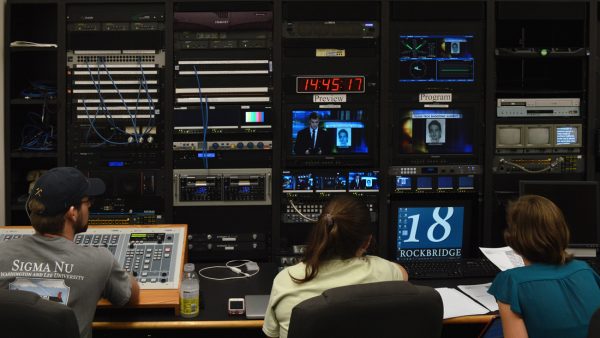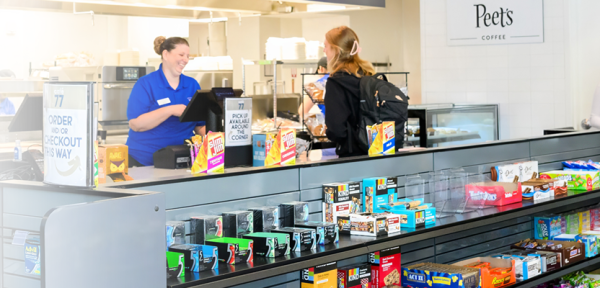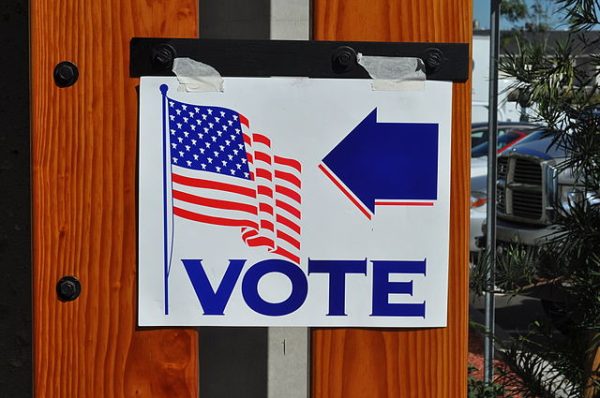B-Positive: donate blood
September 22, 2017
Donating blood. It’s a simple task, and yet one that could save lives. According to the American Red Cross, there was a “critical blood shortage” over the summer, demonstrating the urgent need for donors to find a drive and participate.
Blood drives are everywhere—you just have to look. For example, on Friday, there was a blood drive here in Lexington at St. Patrick’s Cathedral (located near the Gaines dorms). Different groups on campus also host blood drives throughout the year, often in Evans Dining Hall.
According to an email I received from the Red Cross for the past drives I’ve attended, one donation can “help save up to three lives and change them forever.” Also, according to the organization’s website, blood is needed by someone in the U.S. every two seconds. The organization works to collect 14,000 donations daily throughout the country. So why not donate?
The process is simple. After finding a drive, you read over a pamphlet explaining the procedure as well as the requirements for donating. Then, you have a private meeting with a nurse and you are screened for the donation. You discuss your travel history, as well as your medications and other factors related to your well-being.
If you complete the screening without any red flags, and your iron levels are high enough, you are good to go.
While many people shy away from donating due to the needle involved, it is important to remember how your actions can help someone else. While the needle may be painful for a few seconds, thinking about the impact of your donation will quickly take away any discomfort you are feeling in your arm. You are given a stress ball to squeeze, and if you look away or talk to one of the nurses, you can even forget that you are in the middle of a donation.
After a whole blood donation, which, according to the Red Cross, only takes between eight and ten minutes, you are given time to eat snacks and recover. Usually there are other people in the recovery area, allowing you to step out of your comfort zone and meet new people.
While not everyone can donate blood due to varying factors, everyone can find a way to help out.
Whether it is volunteering your time to check people in, sitting with people at the snack station while they recover, or advertising for a donation event, there is something to do.
So, the next time you see a sign for a blood drive, stop in and donate. A little over an hour of your time could make a major impact on someone else.
Instead of binge watching that Netflix show or taking that extra nap, go online and schedule an appointment to donate. You never know when you, or someone you love, may need the favor in return.
For more information about the process, or to make an appointment to donate, visit www.redcrossblood.org.












